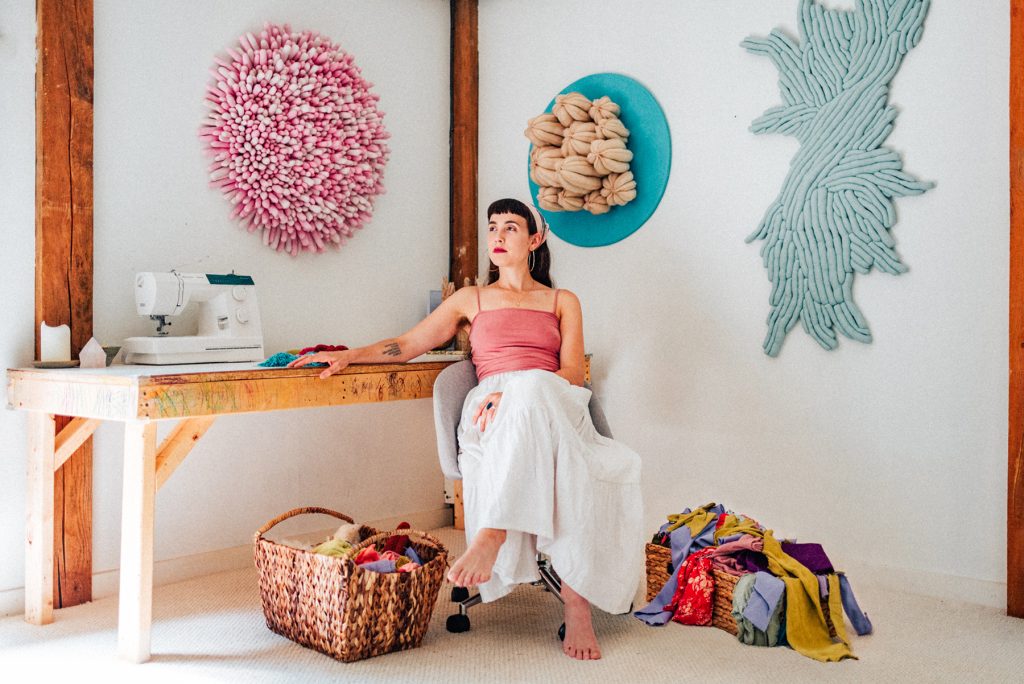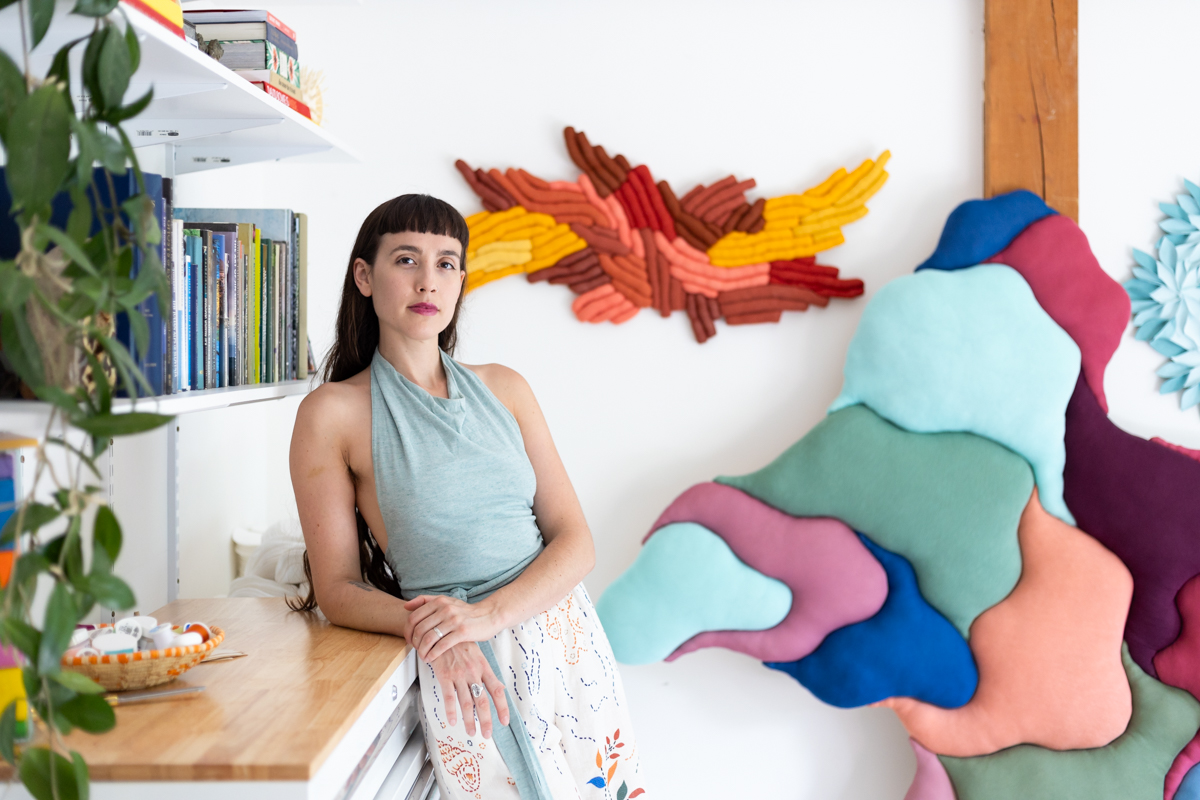Art, like business, eschews formula. Unlike business, however, marketing and art often seem like an oxymoron.
Like great entrepreneurs, artists focus on vision and creating beautiful things they launch into the world, but they frequently struggle to market and sell themselves and their creations.
This article profiles Sienna Martz, and how she has unlocked a formula to effectively market, exhibit and sell her art.
Between 2008 and 2013, before she began implementing marketing strategies, Sienna had nine exhibitions, one press release and no commissions.
From 2013 to 2022, as an emerging artist experimenting with mid-level marketing, Sienna had 26 exhibitions, 27 press opportunities and seven commissions.
Since diving into the art world completely in 2022, including full-time marketing and hiring a PR firm, Sienna has had 14 exhibitions, 26 press opportunities and 19 commissions.
The same principles that helped Sienna are what HageyMedia teaches and uses to get results for its clients!
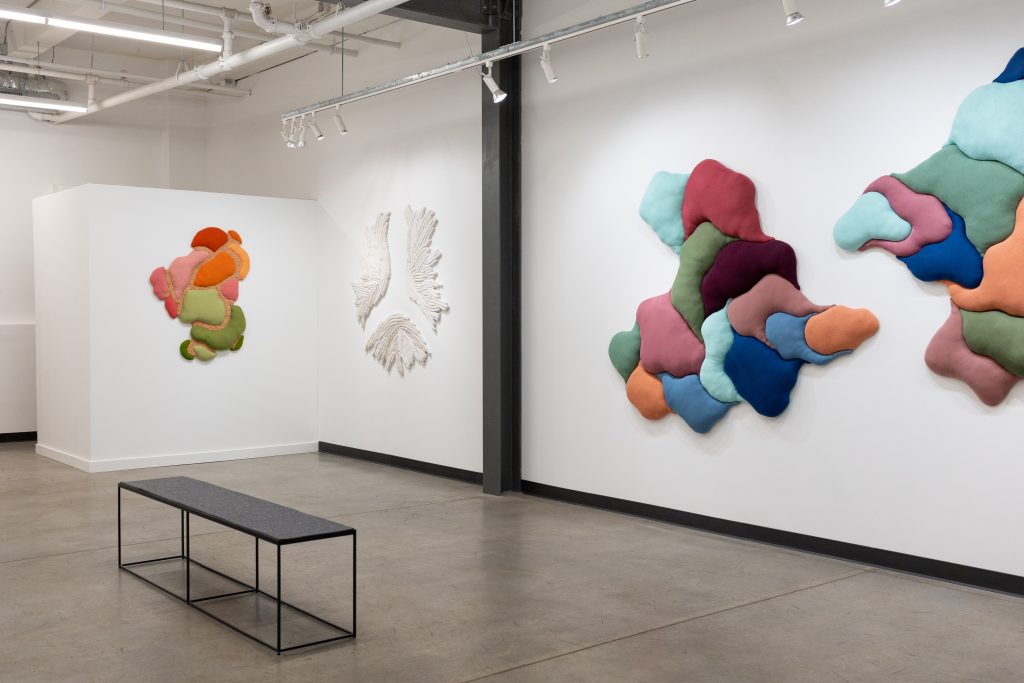
Marketing for a hand-crafted life
Nearly two years ago, sculptor and fiber artist Sienna Martz shuttered her marketing company and took the leap to focus on her growing fine art career.
Last November, she showed in Paris at an exhibition featuring works by 30 international artists and brands. Sienna’s piece, Solace of the Sea, hung like a tufted waterfall plush with river rocks, a 9-foot by 6.5-foot by 4-inch panel of softness.
Made of secondhand garments, recycled polyester and other natural materials, Solace of the Sea, exemplifies the Vermont-based artist’s work with eco-conscious, sustainable materials as a form of gentle activism.
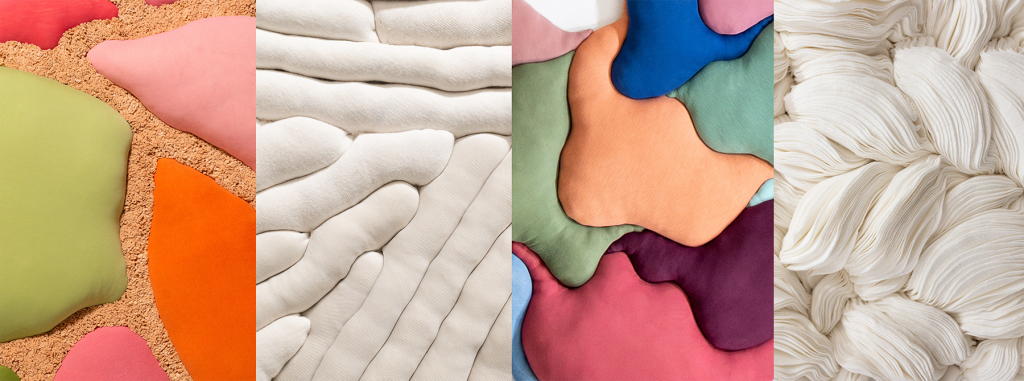
Digital practices
In today’s world, the majority of successful fine arts practices require maintaining a digital component. The artist has become half work and half myth, and now more than ever, artists have the power to build the story they show.
“Being an artist, people think you just do the art-making,” says Sienna. “But as we’re beginning to see, artists are having to embrace so many different roles.”
Some artists struggle with this, viewing it as a burden. However, Sienna, who also explored sound and video design in art school, has found a way to incorporate this digital aspect as its own crucial part of her practice.
“I’ve wired my brain to view this as part of the gig,” says Sienna, “how I become the artist I want to be and have the opportunities that allow me to expand.”
Rather than seeing marketing as a burden, Sienna leans into it as an extension of her practice – a powerful landscape to amplify it and add depth.

In addition to her soft sculptures, Sienna creates social media content such as process videos, installation shots and press releases which she shares on Instagram. Her Instagram account, which has 113 thousand followers, focuses on shorter, narrative videos with quick cuts, voice-over storytelling and ASMR-style audio.
The snipping of scissors, the dull roar of a sewing machine, a table saw. Sienna also works with organizations like Make Polluters Pay, where her videos tap into the larger global narratives.
Since launching her Instagram account 10 years ago, it’s taken almost a decade to see significant growth to over 100 thousand followers, learning what works and what doesn’t through trial and error. We’ve asked Sienna to break down what works and what doesn’t in her experience.
What works:
Videos
Video format tends to perform the highest. Videos share a lot more than just an image and people can really connect with your practice. Posting images is a good way to reach existing followers, but videos and reels bring new eyes to your work.
Experimentation
Constantly experiment to see what type of video performs the best. Do field research, see what other people are doing. (Set healthy boundaries so you don’t end up doom scrolling.)
Sometimes, this can mean finding new ways to show work that you haven’t tried before. If you’re tired of showing the world your studio, put on a fun outfit, go outside and show your work in nature.
Over the last year, she has also noticed that Instagram started to prioritize storytelling content. Along with ASMR-type content, Sienna creates montage-style videos of herself working in the studio, incorporating lots of b-roll, cuts and edits to stimulate the eye and gentle music in the background.
Human element
Sienna has noticed that footage portraying her alongside the artwork has higher engagement – the movement, the color from the clothing, hair, skin tone and the emotion all add a dynamic layer to the narrative. Seeing the artwork to scale with a human being gives it context and depth.
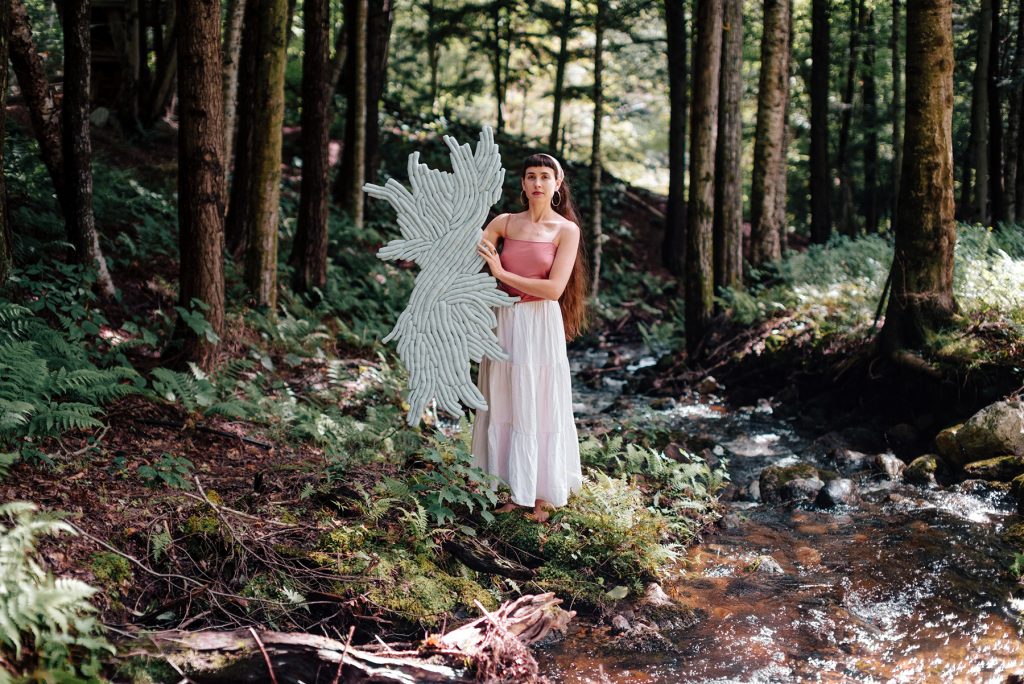
Community
While this may not obviously translate into hard numbers or sales, a large part of Sienna’s digital practice has grown around building community. This attitude stems partially from her own experience with mentors along the way, but also from her passion for education.
She likes to help others by sharing what’s worked and what hasn’t, and at least once a month gets a message to which she responds in paragraphs, even sharing examples of her artist contract or proposals.
Consistency
Continue to be active, but don’t strive for perfection. Instead, strive for posting at least once a week if not more. Daily posting is unnecessary. Currently Sienna aims to post on Instagram two to three times a week.
Measuring performance
Sienna actively looks at the analytics for each post, her overall account growth, and uses the high points of information to inform her next content, prioritizing views and reach rather than likes and comments. If she sees that a post brings in a certain amount of followers, that helps gauge success because it shows people want to see more of a certain thing.
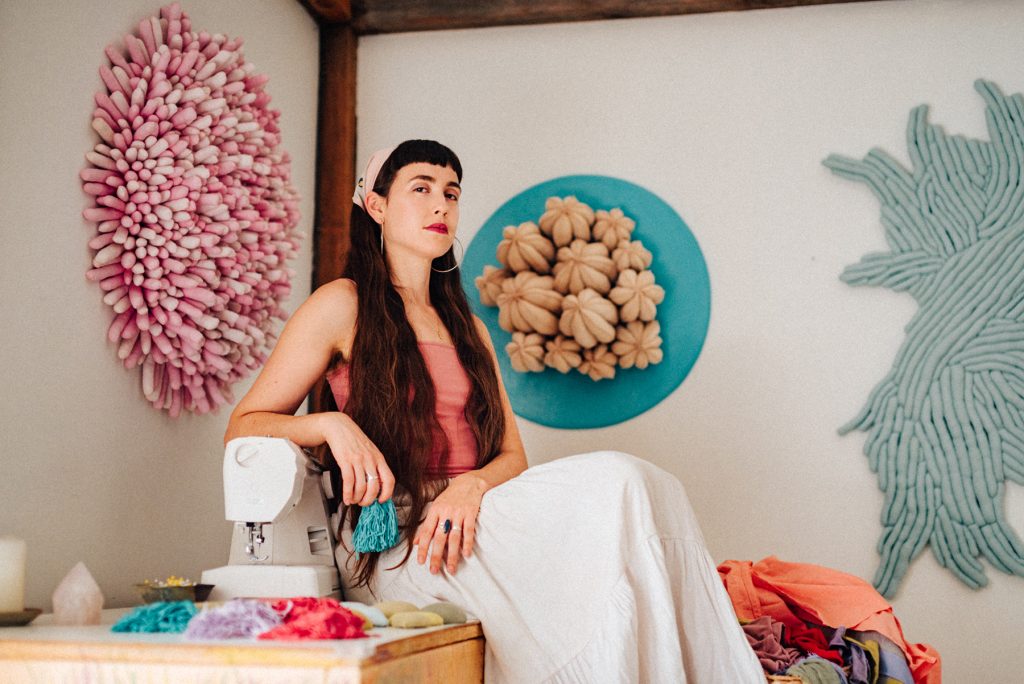
What doesn’t work:
Following all trends
Sienna has tried lots of different trends and styles but stays away from most of the bigger ones if they don’t feel authentic to her practice. For artists experimenting with trending videos, she recommends picking ones that truly fit with their style of work.
Constructed visuals
Apps like Canva can help artists make cool images for marketing and promotion, but in Sienna’s experience incorporating these as part of her online presentation did not work as well. They may work for some artists, but tend to look a bit over-commercialized if not carefully integrated.
Oversharing
While authenticity goes a long way in the virtual world, Sienna has found it necessary to keep strong boundaries around what to share and what to keep private. An artist online is a business; a business wouldn’t let people know it’s struggling. This allows for a strategy that focuses on success rather than failure, and it also aids in the construction of a positive narrative.
Not diversifying content
Everybody loves finding something that works, but a vital part of creation – especially in the social media world – involves diversifying. Just because something worked six months ago or a year ago does not mean it will work today.
For example, her first viral video reached 2.5 million views a year ago and catapulted her followers. She has tried to recreate similar styles of this video since then but has found performance hit or miss, some hitting 5.6 million views while others fall to the wayside.
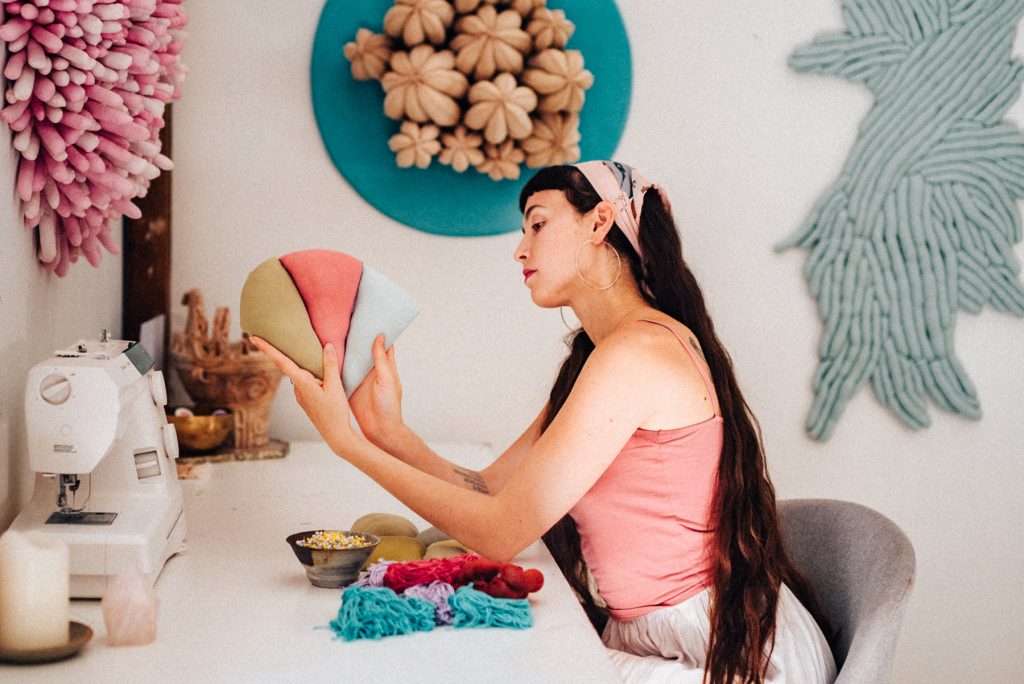
Become findable
No matter what kind of artist you are, people look at social media presence. They visit websites. Having a firm digital footprint allows artists to become findable in a way they otherwise never have the chance.
Social media has helped Sienna connect with interior designers, art consulting firms, galleries, museums and private collectors. In 2024, her work hung at VFA Gallery in NYC alongside works by legends like Andy Warhol, Keith Haring, Salvador Dali and Jasper Johns. She has shown work all over the world and one of her pieces even made it into the background of a photo with Cardi B.
Amplified by video, sound and storytelling, Sienna has built an immersive, four-dimensional world with her fiber practice that expands far beyond the reaches of her Vermont studio.
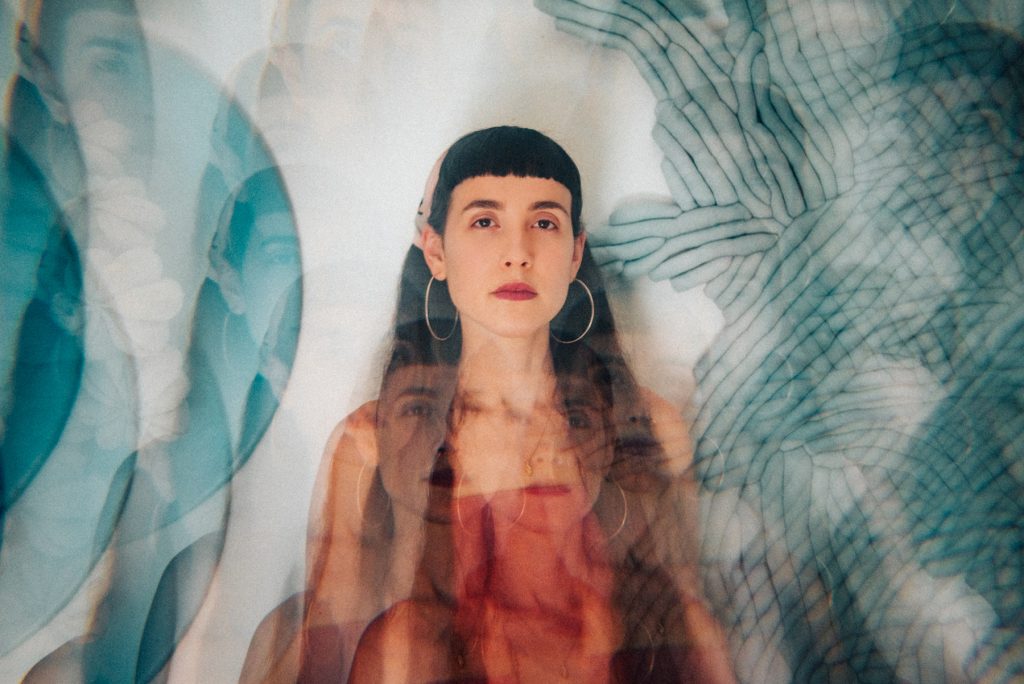
When to hire a PR firm
Along with maintaining a social media presence and a frequently updated website, Sienna works with a PR firm on a project-to-project basis.
The PR team puts together a comprehensive media list, writes up a press release, pitches that release to media outlets and follows up to secure interviews. They also put together a press kit for the artist. It’s an upfront investment but will ultimately generate sales that pay for itself. In the summer of 2024, it generated around 10 articles and interviews around Sienna’s solo show.
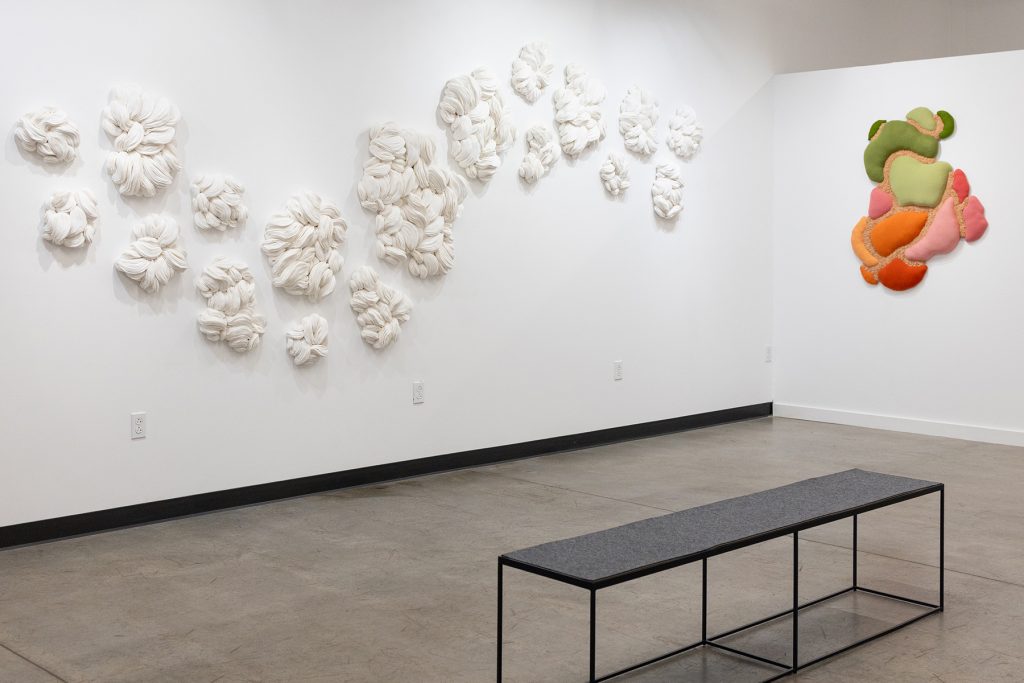
While at this stage in her art career, a PR firm has proved extremely helpful, Sienna advises waiting until an artist’s career has become a bit more developed due to the risk of investment. You may spend $3,000 and not get a single hit.
For greater return, it helps to have backing that the media will be more intrigued by – a solid foundation of work and vibrant digital presence. Sienna advises emerging artists to instead focus on curating a digital space that represents their creative world. This way, down the line when they do invest in this sort of supplemental help, it will pay off.
